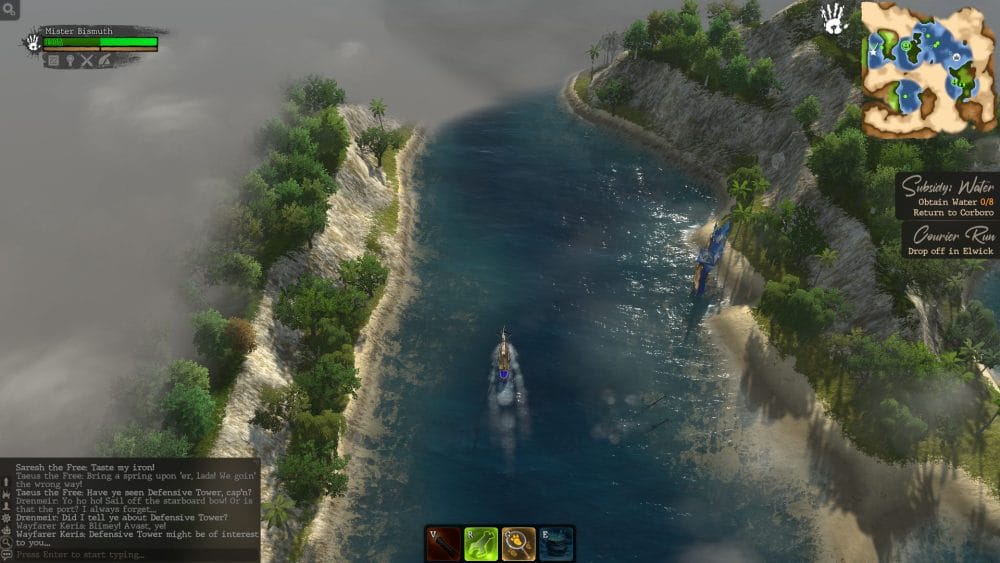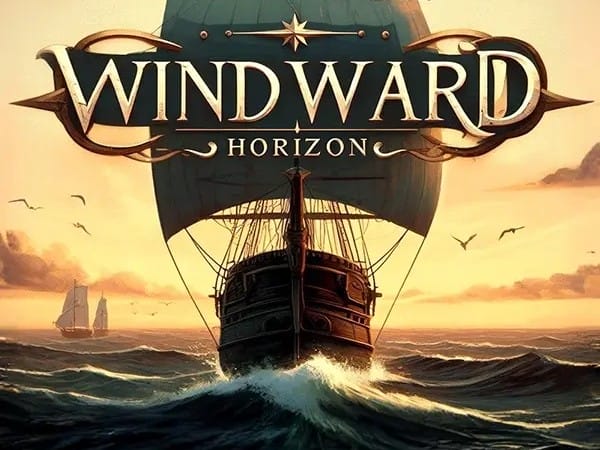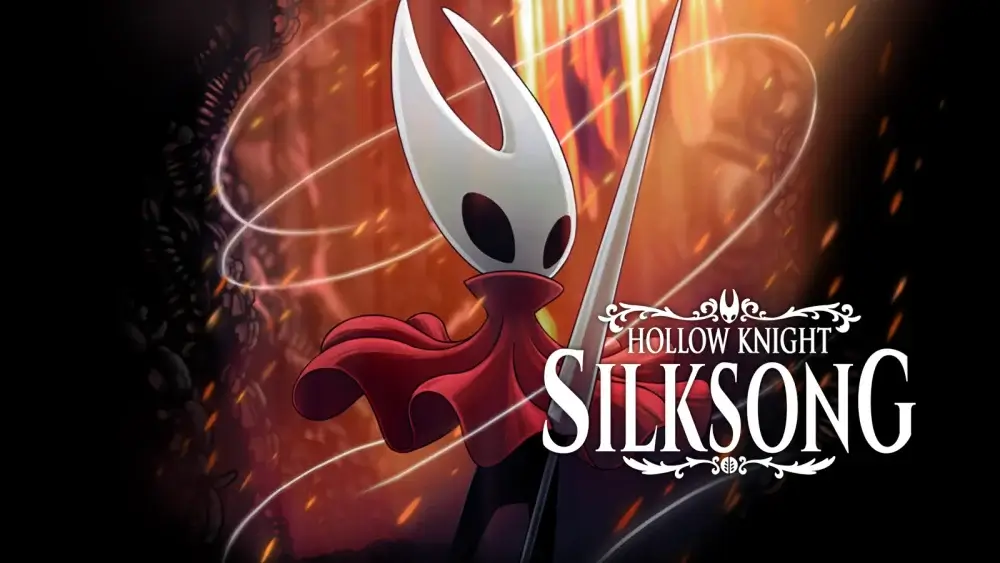Introduction
One of the things I love most about video games is how they let us step into so many different roles-knight, astronaut, soldier, wizard-but if I had to pick a favourite, it would be the swashbuckling pirate. I have fond memories following Guybrush Threepwood’s misadventures through the Monkey Island series, charting my own course in Sid Meier’s Pirates!, and I’m still making new ones as I explore the high seas with friends and family in Sea of Thieves. Windward Horizon embraces that same spirit, offering a 17th century naval RPG where you can trade, take on quests, battle rival factions, or simply set sail and soak in the atmosphere as you carve out your own adventure on the high seas.

I want to make this clear before we set sail on this preview. While Windward Horizon was designed with co-op gameplay in mind, I played an early access version of the Steam Next Fest demo, so multiplayer servers were unavailable. As a result, I experienced the game purely as a solo player.
Premise
Developed by Tasharen Entertainment, Windward Horizon is a naval RPG that builds on the foundation of its 2015 predecessor, Windward. The game offers a vast, procedurally generated open world where you can sail, trade, fight, and explore at your own pace. Its open-ended structure means there’s no right or wrong way to play-whether you prefer peaceful trading or being a ruthless pirate, the choice is yours.

Your adventure begins with an unusually smooth transition of leadership for a pirate crew! The elderly captain of your ship has fallen ill and tasks you and your crewmates to deliver him back to his family to live out his remaining days. This serves as the game’s tutorial, introducing the basics of sailing, navigating the world map, and docking at towns. However, it’s fairly brief, with only a handful of pop-up text boxes explaining other mechanics before you’re left to make your own way.
Performance
On the technical side, Windward Horizon ran smoothly throughout my time with it. There are no major bugs to speak of, and the game performed well even during intense naval combat. Loading screens between the world map and sandbox environments are short, and the game was quick to boot up.
Gameplay
An easy first move would be to dock at a nearby town in the province you are in. Pick up some work for one, or many, of the five factions that populate the seas of Windward Horizons. Whether you have a penchant for diplomacy, a love of naval warfare, or the desire to explore this vast world, there is likely a faction you feel represents you. Provinces are large areas consisting of several settlements, and when leaving the area you move to the world map screen to sail further.

There are a good variety of quests, including naval battles, treasure hunting, supply deliveries, rescuing stranded vessels, and even spreading propaganda on behalf of factions. Completing these jobs earns you money, equipment, and renown with the faction you worked for. While your standing with these factions will go up or down depending on your actions, in my 10 hours of play time I didn’t see any effects of these shifting relationships. Perhaps these changes become more meaningful in the later game, but during my time with the demo, I didn’t notice any tangible effects.
There are also faction leader quests, that appear to have a longer thread than just the standard quests you can pick up. They behave the same as regular quests, but have more setup given in conversations with named characters. Much like your standing with the different factions, I didn’t see how much these progressed. Given that the game has no clear goal, hopefully these can act as a thread to follow for players who want a bit more direction.

You can manage your ship and its inventory, selecting what parts you want to equip, with some tools, weapons or crews offering special abilities to be used in or out of battle. You also earn experience which lets you level up and put points into three different skill trees, covering defence, offense and support. There is a great deal of choice in how players can build out their vessels, but the system does come with one crack in its hull. The skill points you earn are tied to the vessel not the player captain, meaning that when you purchase a new ship players must start afresh. This feels counterintuitive since upgrading to a better, faster ship should be a natural progression, yet it resets your skill trees. With ships already coming with fresh equipment, carrying over learned abilities would make more sense.
Ship combat is more strategic and hands-off, with battles taking place in small arenas of open water. Regular attacks are made automatically as the battle plays out, and it is up to you to manuveur your ship to soak up damage, as the two sides of your ship have separate armour. Use any combat abilities when they are available, and overcome through superior strategy.

Sound & Visuals
The soundtrack of Windward Horizon is suitable, if a bit shallow, with several short pieces repeated over gameplay sessions. They do well to capture the atmosphere of what is currently happening on screen, but doesn’t leave much of an impression. There is no voice acting in the game, but the sound design is solid, with the creaking hull of your ship mixing with the crashing of waves. Battles are a cacophany of cannon blasts, splintering wood, and raging fires, perfectly matching the turbulent action taking place.
Windward Horizon‘s visuals are excellent! The water is gorgeous, with beautiful waves that reflect the sunlight, and lovely weather effects that bring the world to life. Clouds drift overhead, seagulls circle settlements and stationary ships, and with a keen eye, you might even spot sharks swimming beneath the waves. Animations are equally impressive-cannons fire, and ships take damage in a way that feels satisfying. These details create an immersive environment that makes even the simplest voyages entertaining.

Windward Horizon features AI-generated images, and the player is offered a clear choice if they want to see them when starting a new voyage. I personally opted to turn these off due to personal preference, but it is only used for character portraits. With AI images disabled, the missing portraits didn’t detract from the experience.
The game features an unobtrusive UI that is easy to navigate. One excellent feature I would like to highlight is the option to right click on any icon and change its key binding on the go – that is great bit of the UX design!
Conclusion
One of Windward Horizon‘s biggest strengths is its relaxing nature. There’s no rush to get anywhere or complete objectives quickly. Whether you’re sailing the seas, fishing, diving for treasure, or just taking in the atmosphere, it’s easy to sink hours into the game without realizing it. It’s the kind of game you can play when you want to unwind, and its calming vibe is something I found particularly appealing.
However, while the game is enjoyable, there’s still room for improvement. The lack of a proper tutorial leaves new players to figure things out on their own, which can be a bit overwhelming. The skill point system, which resets with each new ship, feels like an odd design choice. The quests, while varied, could use more depth, and the lack of significant change in the world over time makes the experience feel a little flat.

That said, Windward Horizon is an improvement on its predecessor and shows a lot of promise. The visuals are stunning, the gameplay is relaxing and customizable, and it offers a lot of freedom in how you choose to approach the world. With a few tweaks to the progression system and a bit more life in the world, this game would be shipshape. Whether you’re looking to embark on your own pirate adventure or simply enjoy a peaceful sail through the open sea, Windward Horizon has a lot to offer.
The Windward Horizon demo will be available to download and play during Steam Next Fest, from February 24th to March 3rd.




